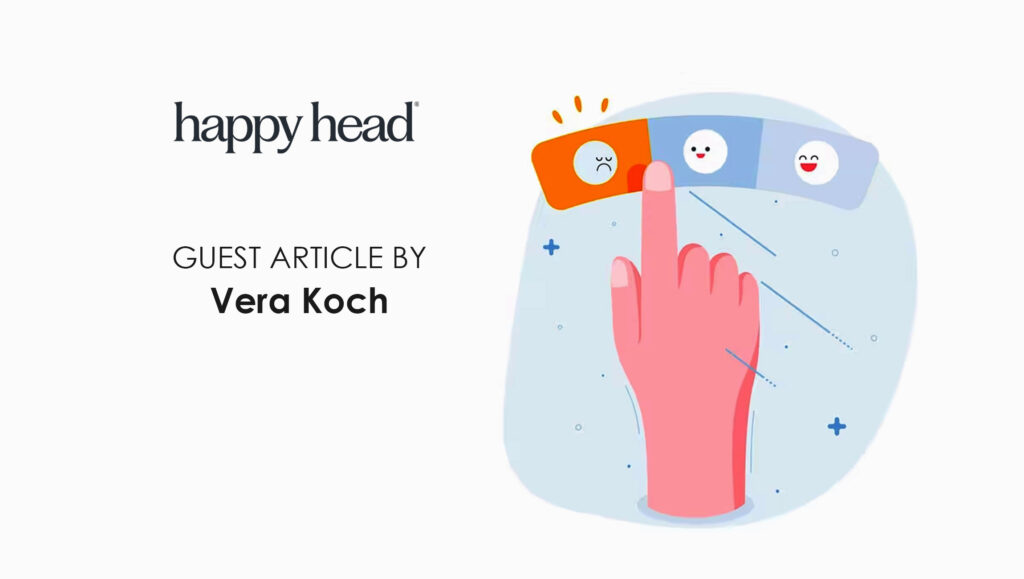One of the biggest challenges for marketers is understanding the key factors behind the decision to purchase a product or service. Your offerings may be designed to fulfill a specific purpose, but someone’s knowledge of this purpose alone isn’t what usually turns a lead into a customer. More often than not, it’s a certain emotion that seals the deal.
In today’s data-driven landscape, it’s easy to forget that human beings do not think like robots. We don’t make decisions based on rational analysis. According to Harvard Business School professor and acclaimed author Gerald Zaltman, emotion is the paramount factor behind purchasing behaviors as well as decision-making in general.
As marketers, it’s our job to determine which emotions are influencing consumers to take interest in our clients’ brands and conclude that this brand is the best choice for them. From there, we can incorporate this information into marketing campaigns, show our customers that we understand their needs and desires, and ultimately gain their trust.
Unfortunately, there isn’t a single clear-cut path towards uncovering the emotions behind your customers’ decisions. What you can do, though, is engage with your customers and learn more about their preferences. This can help you discern your average customer’s emotional state when your products or services are on their mind.
Marketing Technology News: MarTech Interview with Steve Sturges, Chief Marketing Officer at Paycom
Here are a few ways to determine which emotions are steering customers towards your brand:
Determine your offerings’ emotional benefits
To get an idea of the emotions behind your customers’ purchasing decisions, consider the long-term emotional benefits of your products or services. This is the foundation for virtually any successful marketing campaign. The ads don’t just talk about a product or service’s basic function, why it works so well, or how much better it is than a competing product or service. The ad is often centered around the long-term outcome or solution the product or service can deliver to the customer.
For example, successful real estate agents don’t just sell houses. They sell the experience of living in a certain area, which comes with a certain set of emotions. Nailing down the long-term emotional benefits of your offerings is a great starting point towards painting a picture of your customers’ emotions during the purchase process. Now, you can make this picture clearer by searching for hard evidence of these emotions.
Gather zero party data
When it comes to obtaining any form of customer data, you’re not going to find a more reliable source than customers themselves. So, how can marketers literally ask customers about their emotions?
One approach is procuring this information in the form of zero party data. This refers to personal information that consumers explicitly share with you, typically in exchange for something of value. Popular sources of zero-party data include web-based quizzes, surveys, questionnaires, etc. Since we’re looking for emotions, you could pose emotion-related questions with simple answers such as, “On a scale of 1 to 10, how much would you say hair loss is affecting your overall well-being?,” or “How many other hair solutions have you tried in the past year?”. The answers to these questions can tell us more about the scope of our customers’ frustration and how hopeful they are that our products are actually going to work.
In exchange for this valuable data, you could offer a discount on the customer’s first purchase, or even just a piece of information, such as an estimated quote for an insurance policy or an estimated principal for a small business loan. It’s all about knowing what’s valuable to your customer and undeniably worth a few minutes of their time.
Aside from your clients’ websites, another channel for zero party data is social media, which brings us to our next step:
Start conversations on social media
Ever wonder why so many companies devote so much time and energy towards social media marketing? It’s because social media can reveal a host of meaningful insights about your customers, including their feelings towards your products or services. Companies that maintain active pages often solicit this information by asking questions that encourage followers to share their opinions and observing the emotions their followers convey in their responses.
You can also start conversations by asking followers to share personal information that reflects their emotions about the problem your offerings are designed to solve, such as “What would you say is the biggest misconception about hair loss?,” “How old were you when you first started to lose your hair?,” or “What’s the craziest thing you’ve done to stop your hair from falling out?.” When you look through the subsequent responses, ask yourself whether your customers seem more serious or light-hearted. Are they willing to go into detail about personal information or are they more reserved?
You also check on discussion forums like Reddit or Quora to observe conversations about your industry. Lots of people turn to these forums for reliable, no-nonsense information because only registered members are allowed to post. What kind of language are people using when they discuss the problem your offerings solve? What kind of answers are getting the most upvotes?
Marketing Technology News: The Hidden Costs of Proprietary Platforms for Your CMS & DXP’s
Final thoughts
Once you’ve developed a firm understanding of your customers’ emotions towards your clients’ offerings, you can incorporate these insights into your campaigns and strengthen your overarching brand identity. Companies that can effectively tap into their customers’ emotions in their communications will foster real connections built on loyalty and trust. Appropriate displays of specific emotions make companies seem more human, and you can grow your organization by showcasing this humanity on an increasingly grander scale.






















